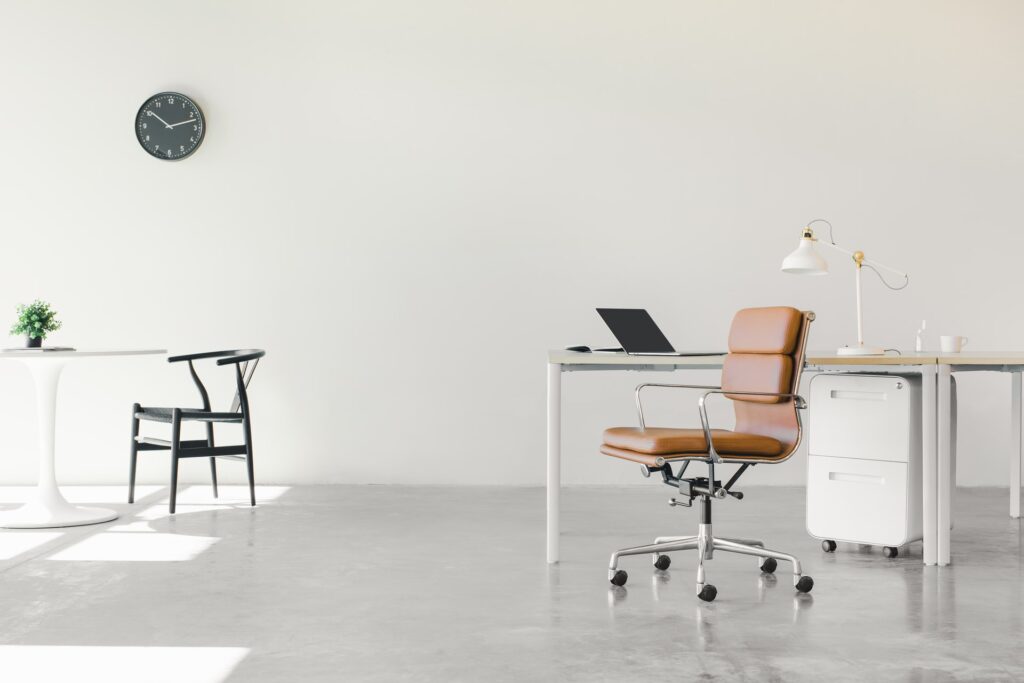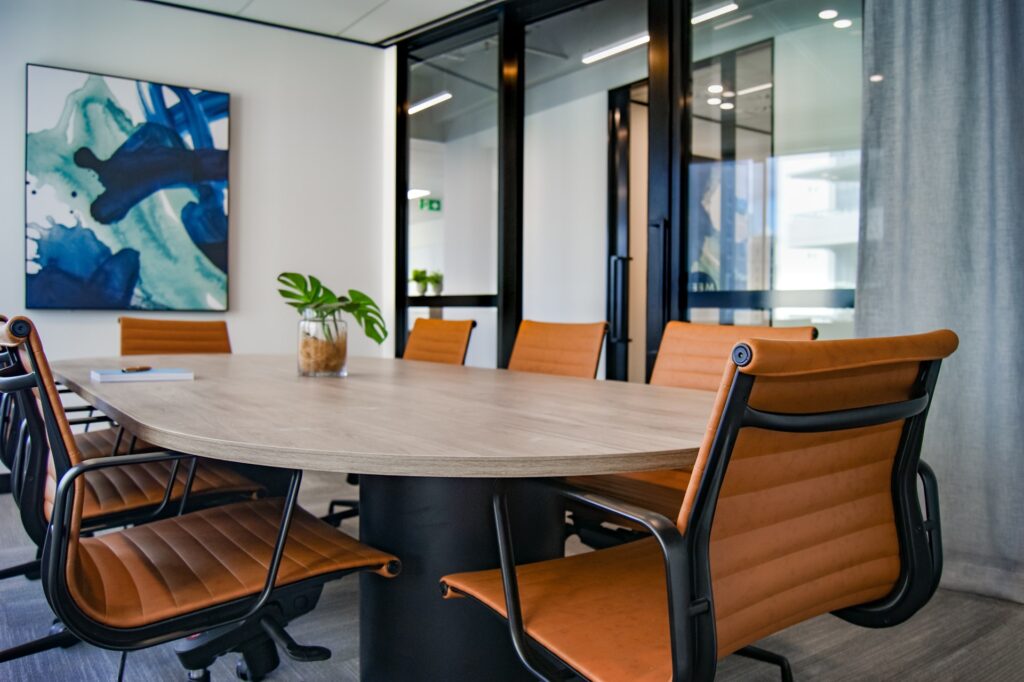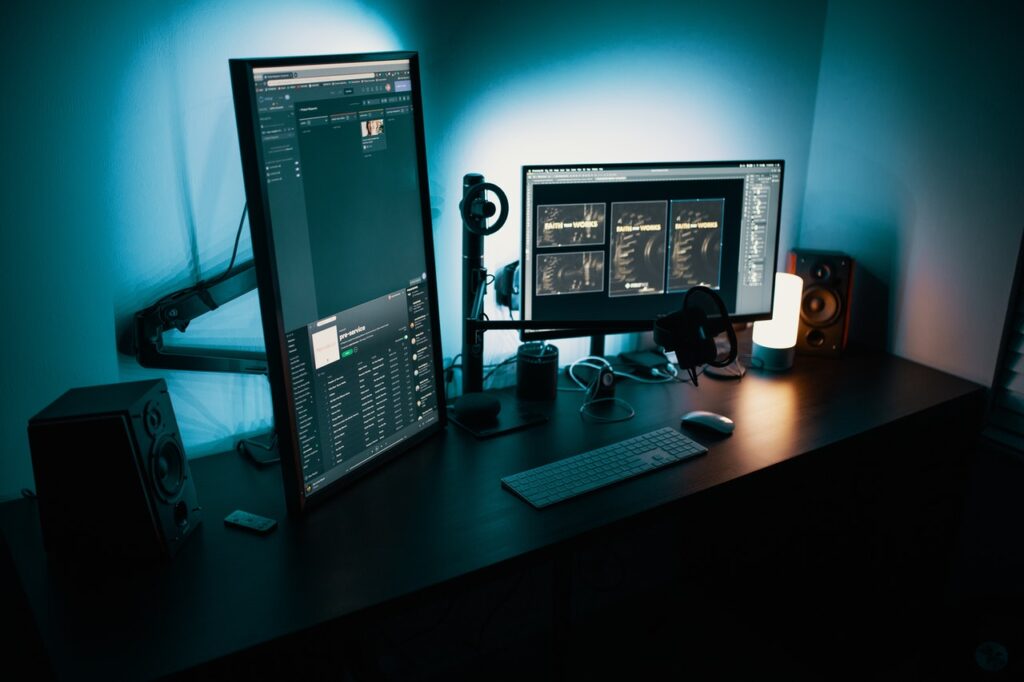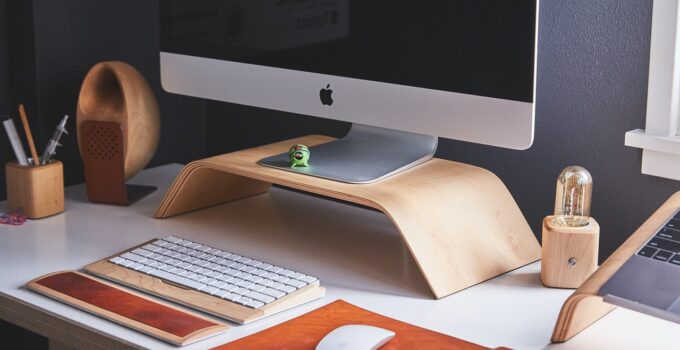If you are planning and budgeting your business space, you are probably aware of how much energy it consumes. At first, many people do not even know approximately how much budget they need to equip the office and maintain the business space. And in case you plan to expand over time, all this becomes even more complicated. You should know that several different factors determine what the price of your business space will be in the end. Some of them are the location of the office, its size, as well as the benefits it offers. If all of this makes your anxiety rise again, we suggest that you take a break and also take a deep breath. Let’s go through the most important elements together and conclude how much budget you will need for the business space you want.
The construction budget for your office space

Source: unsplash.com
When you start planning a business space and its budget, the first thing you need to consider is the construction work. What does this mean? Well, only if you have found a space that perfectly suits your needs and desires, you will not have to deal with this part of the job. However, most people will want to tear down the walls and partition the space differently, in order to get offices of the desired size and organization. You may see potential in a space because it is spacious, and you can arrange to make the walls so that you get a meeting room, the desired number of offices, a restroom, and other rooms.
It is difficult to determine exactly how much budget you need for this because it depends on the space you have, as well as your plan for its organization. The best idea is to consult with the project manager and have him estimate your budget. If you want to read more about typical office costs and average costs per square meter in Australia, thoughthub.com.au has a whole article about this subject.
Here are a few different cost categories that can help you get a better picture of your expenses:
Hard costs

Source: unsplash.com
These costs account for the largest part of your total construction budget (over 80%). Why? Because these are the structural elements that form the basis of space. They include partition walls, paint for walls and painting, doors and windows, electrical network, plumbing and pipes, air conditioning installation, and others. It is difficult to calculate them because they depend on what is already present in that business space, and what additional work needs to be done in order to achieve the desired result. Also, another factor that affects the final price is the quality of these elements, so hard costs can vary significantly. Check here to know all you need.
Soft costs
These costs do not imply any changes in the business process itself but relate to additional fees that you must pay in order for the process itself to be adequately legally monitored. Soft costs mainly relate to architectural design fees, permits, and legal fees. It generally covers about 10% of the total costs. Although they are not easy to determine accurately, they are still much easier to calculate compared to hard costs.
Project management

Source: pexels.com
Another cost to consider is the one related to hiring a project manager. Usually, the cost of this part will be less than 5% of the total cost for the whole project. Sometimes people decide to skip hiring a project manager and prefer to do this part of the job themselves because it seems to them that it will save a lot of money. However, we must note that this is not entirely true. When you hire a professional who has experience in this business, he will likely avoid many mistakes you would make and eventually significantly reduce the cost of the business process building process. At the end of the day, this is your choice, but we advise you to consider hiring a professional instead of doing something you are not an expert at.
Miscellaneous costs

Source: pexels.com
Vendor costs may also arise during the business premises construction process. These include cabling, installation of IT and security systems, signage, and other costs. We say “they can appear”, because that depends only on your needs and the space you have chosen for the renovation. Average miscellaneous costs are up to 10% of the total budget. Of course, there are different vendors who offer different prices. If you have time and do not want to pay for some services more than their prices really are, we suggest you visit a few different vendors and choose the one whose work and prices you like the most.
Maintenance costs

Source: nextdaycleaning.com
Lastly, you should also include maintenance costs in your overall budget. Once you have finished renovating and rebuilding the space, it is necessary to adequately maintain it in order for it to be clean and look aesthetically beautiful. That is why it is a good idea to immediately set aside funds for space maintenance, as well as funds for emergencies, such as some breakdowns that can significantly affect the business. Think about this in time and always have the money set aside, so you can be prepared for any unforeseen circumstance that may happen. Also, garbage collection and maintenance of green areas are a must for every company, so we recommend that you include all of these costs in your overall budget.
Conclusion: When planning to build a new office space, you probably find it difficult to determine how much budget you will need. And this is not far from the truth. Depending on the location, the current condition of the space being renovated, as well as the works you plan to perform, the total costs can vary significantly. However, information about the cost categories that exist and their average percentage in total cost can help you create a better picture of the costs that are waiting for you. If you want help in this process, we advise you to hire a project manager who will minimize costs with his smart decisions and choices and help you estimate how much budget you need for a new business space.







